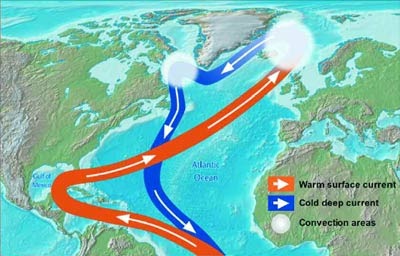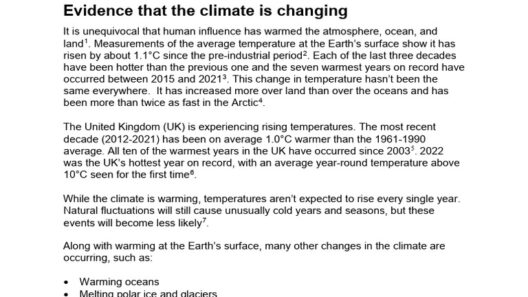The climate of Ireland, often portrayed as a tapestry woven from shades of gray, offers a unique amalgamation of temperate influences that bestow the island with its intrinsic vibrancy. This weather phenomenon, characterized by mildness and frequent precipitation, is a cornerstone of the Emerald Isle’s enchanting charm. Here, weather is not merely a backdrop; it is an integral character in the narrative of Irish life, shaping the landscape, culture, and the very essence of its people.
The geographical positioning of Ireland, resting comfortably in the North Atlantic, means it enjoys a maritime climate, defined by stratospheric air prevailing from the ocean. This air is laden with moisture, contributing to the country’s distinct weather patterns. The end result is a climate that is characterized not by extremes but rather by balmy temperatures that invite exploration and inspire creativity.
Temperature norms in Ireland are remarkably mild, with average highs in summer seldom scorching above 70°F (21°C), while winter lows rarely descend below 32°F (0°C). This consistent temperance can be likened to the soothing melody of a lullaby—a gentle refrain that encourages the growth of lush greenery across the island. The ecological ramifications are vast: heathlands flourish, woodlands thrive, and striking coastlines unfold, draped in a vibrant palette of life that dances with the wind.
Precipitation, however, is perhaps the most defining characteristic of Ireland’s climate. Rainfall is a constant companion throughout the year, with a peculiar tendency to drape the landscape in soft, unrelenting showers—often described as a “drizzle.” This ephemeral teasing of rain gracefully pies these fertile lands, allowing verdant meadows and hedgerows to flourish. The annual rainfall averages around 30 inches (760 mm) across the island, but it is unevenly distributed. The west coast, a sentinel against the onslaught of Atlantic storms, receives significantly more than its eastern counterpart, creating a striking contrast in regional microclimates.
In the dance of clouds and precipitation, one notes the typical Irish weather pattern: a rapid succession of sunny intervals, interspersed with quicksilver showers. This ever-changing spectacle invites a certain unpredictability that is deeply ingrained in the psyche of the Irish people. With one eye on the sky, they have perfected the art of preparation—an invaluable skill honed through generations of reliance on the mercurial temperament of the climate. Locals often quip, “If you don’t like the weather, just wait five minutes,” encapsulating the whimsical flux of meteorological moods.
Yet, while the prevailing narrative of the Irish climate may lean towards the wet and somewhat gloomy, it also nurtures a beauty that transcends the superficial. The gradual unfolding of rain invites the earth to release its bounty. The landscape, ephemeral and poetic, is shrouded in mist—a delicate veil that enhances the otherworldly allure of ancient stone circles and weathered castles. These historical structures are as much a product of their environment as they are monuments to human ingenuity.
The nuanced layers of Ireland’s climate also facilitate a remarkable diversity of flora and fauna. The woodlands, alive with the chorus of birdsong, shelter an abundance of wildlife, while the coastal areas teem with marine ecosystems. Puffins offer playful spectacles along the cliffs, while seals bask on sunlit shores, illustrating how life blossoms under the nurturing embrace of a mild climate. Even the famously resilient Irish moss finds a haven here, flourishing in the damp and misty rarified air.
The cultural tapestry of Ireland is equally intertwined with its climatic conditions. The very essence of Irish literature and folklore is steeped in the capriciousness of weather. Writers and artists draw upon the atmospheric nuances to evoke emotion, embodying the spirit of resilience central to the Irish identity. Storms are portrayed as mighty battles, while drizzle may symbolize tranquility and introspection.
Moreover, the unpredictable weather serves as a reminder of the interconnectedness of nature, urging greater awareness about climate change. The implications of rising temperatures and shifting precipitation patterns present challenges that could jeopardize Ireland’s rich biodiversity and cultural heritage. As environmental stewards, the responsibility lies with both individuals and communities to nurture this precious ecosystem, ensuring its survival for generations to come.
In conclusion, Ireland’s climate, with its mild temperatures and symphonic rains, is a powerful canvas that shapes the island’s identity and ecology. It is this unique alchemy of weather, land, and lore that unveils the hidden beauty of the Emerald Isle. To embrace its climate is to embrace the heartbeat of the land itself, a living testament to resilience, adaptability, and undaunted spirit amidst the ever-changing rhythms of nature. In this symphony of elements, every droplet of rain and swirl of wind tells a story, beckoning those who wander to listen and to find inspiration in the lush nuance of Ireland’s climatic embrace.







